Platania is a village and the seat of its corresponding local community in the Amari Municipality, situated within the Rethymno regional unit on the island of Crete, Greece. In the village, there is a church dedicated to the Virgin Mary, with frescoes that are now faded. The church is located in the center of the village and dates back to the 14th century. Outside the village is the church of Agios Nikolaos, also from the 14th century, which is adorned with frescoes.
Historical References
The village is first mentioned in 1577 by Francesco Barozzi as Platagnia in the Amari province. In the Venetian census of 1583 by Castrofylaka, it is listed as Platania de Neoteri and Platagnia with 98 inhabitants. Basilicata refers to it as Platagna in 1630. In 1881, the village had 233 inhabitants (191 Christians and 42 Turks) and belonged to the Monastiraki municipality. The variations in its name—Platagnia, Platania de Neoteri, and Platagna—reflect the linguistic evolution and cultural influences that have shaped the region over time.
The presence of 14th-century churches, such as the Church of the Dormition of the Virgin Mary and the Church of Agios Nikolaos, underscores the village’s deep-rooted religious and cultural heritage. These churches, adorned with frescoes, provide valuable insights into the artistic expressions and spiritual beliefs of past generations.
The Kontogonates cave, where sacred vessels from the Arkadi Monastery were hidden after the 1866 holocaust, adds another layer of historical significance to Platania. This act of preservation highlights the village’s role in safeguarding cultural treasures during times of conflict and upheaval.
Location and Dimensions
Platania’s location within a small ravine on the slopes of Mount Psiloritis contributes to its unique character and scenic beauty. The village’s elevation of 420 meters provides stunning views of the surrounding landscape, including the majestic Psiloritis massif. The Amari Valley, known for its fertile soil and agricultural productivity, forms the backdrop for Platania, influencing its economic activities and way of life.
Historical Significance
Platania’s historical significance extends beyond its documented past. The village’s continuous inhabitation through various historical periods, including Venetian and Ottoman rule, positions it as a witness to the island’s complex and dynamic history. The presence of 14th-century churches and the Kontogonates cave, with its role in preserving historical artifacts, underscores Platania’s contribution to Crete’s cultural and historical tapestry.
Population Data Over the Years
Census Year |
Population |
|---|---|
1900 |
226 |
1920 |
290 |
1928 |
294 |
1940 |
333 |
1951 |
294 |
1961 |
289 |
1971 |
261 |
1981 |
220 |
1991 |
215 |
2001 |
206 |
2011 |
199 |
Additional Information
- Natural Environment: Platania is characterized by its unique natural beauty, situated within a ravine on the slopes of Mount Psiloritis. The village is surrounded by lush vegetation and offers opportunities for outdoor activities such as hiking and exploring the nearby gorge.
- Economic Activities: In addition to agriculture and livestock farming, the village has potential for developing eco-tourism and cultural tourism due to its natural beauty, historical sites, and traditional character.
- Community Initiatives: The village has shown initiative in preserving its cultural heritage and exploring sustainable development options, such as efforts to promote the Platania gorge and enhance the village’s infrastructure.
Current Status
Platania, despite its smaller population, remains a vibrant community with a strong sense of identity and heritage. The village’s primary economic activities, including livestock farming, agriculture, and olive oil production, reflect its deep connection to the land and its resources. The village’s natural beauty, historical sites, and cultural traditions offer potential for sustainable tourism development. Efforts to promote the Platania gorge and enhance the village’s infrastructure demonstrate a commitment to preserving its heritage while embracing new opportunities for growth.
Village Key Points
- Historical References: The village is first mentioned in 1577 as Platagnia and has been documented in various censuses and historical records since then.
- Location: Platania is situated in the Amari Municipality, nestled within a small ravine on the slopes of Mount Psiloritis.
- Dimensions: The village has a population of 199 according to the 2011 census.
- Historical Significance: Platania has a history dating back to at least the 16th century, with evidence of its presence during the Venetian and Ottoman periods. The village features two 14th-century churches and a cave that played a role in safeguarding historical artifacts.
- Population Data Over the Years: The population has fluctuated over time, reaching a peak of 333 in 1940 and currently standing at 199.
- Current Status: Platania remains an active village with a focus on livestock farming, agriculture, and olive oil production. It is part of the Amari Municipality and features historical and religious sites of interest.
Access
Platania is 18.4 kilometers away from the town Tympaki and 2.0 kilometers away from Fourfouras













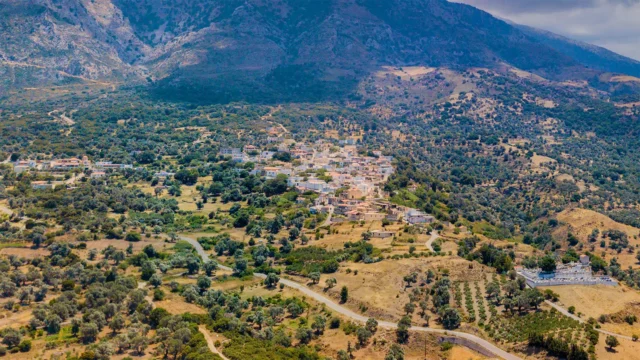
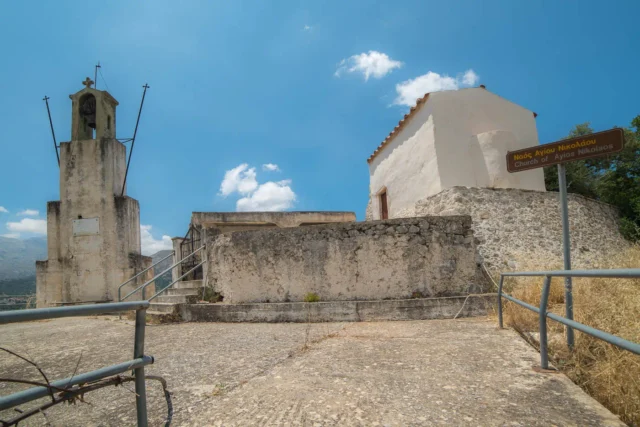


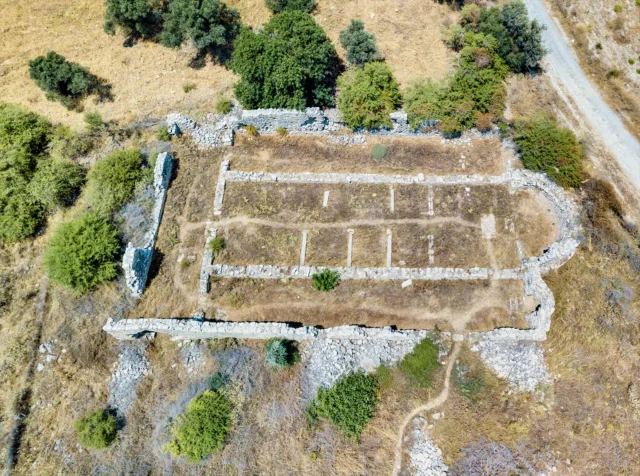

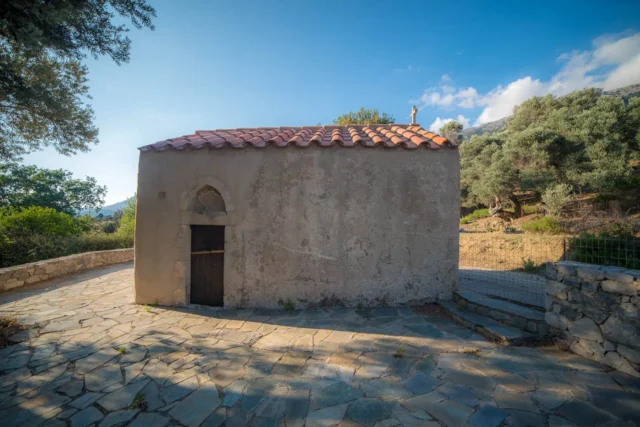
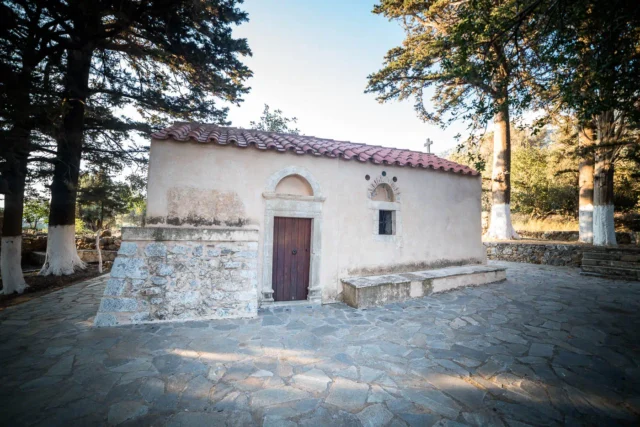

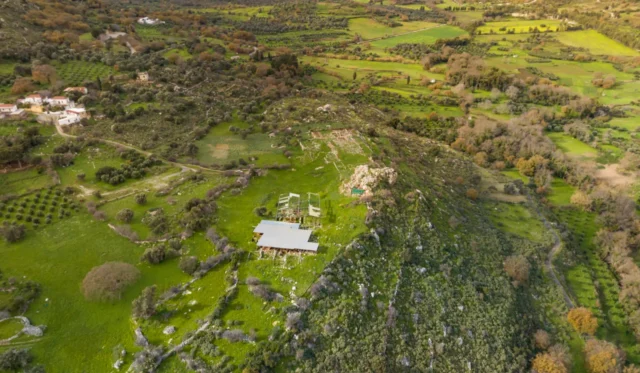
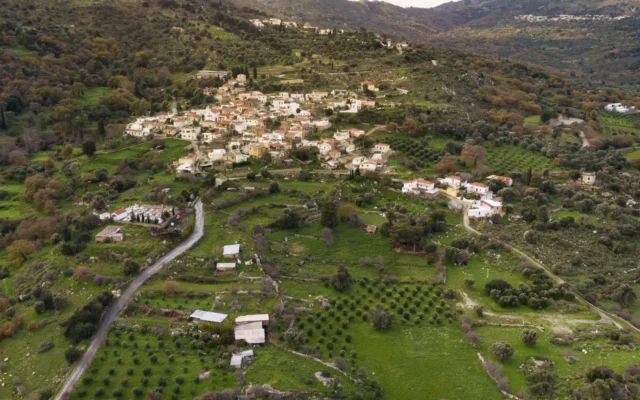
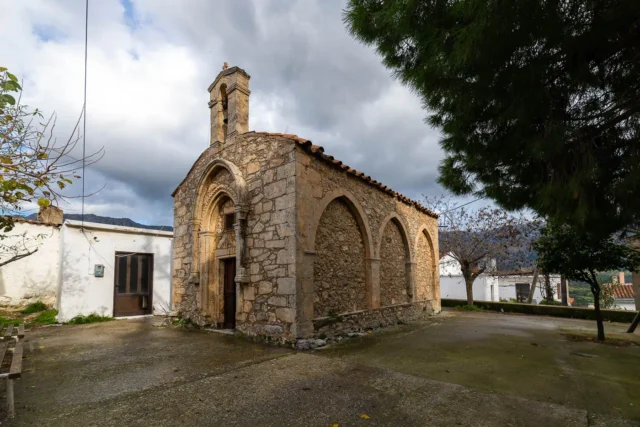

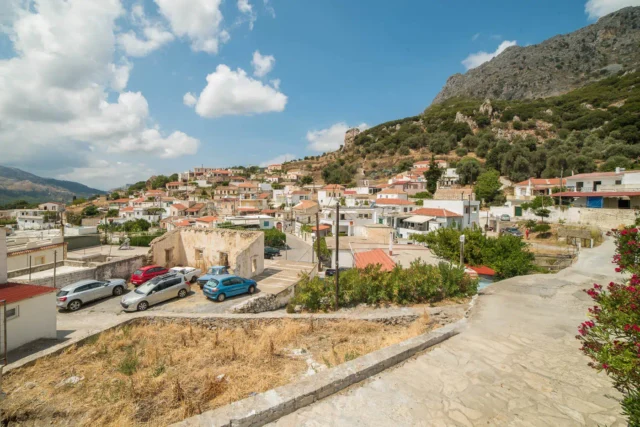
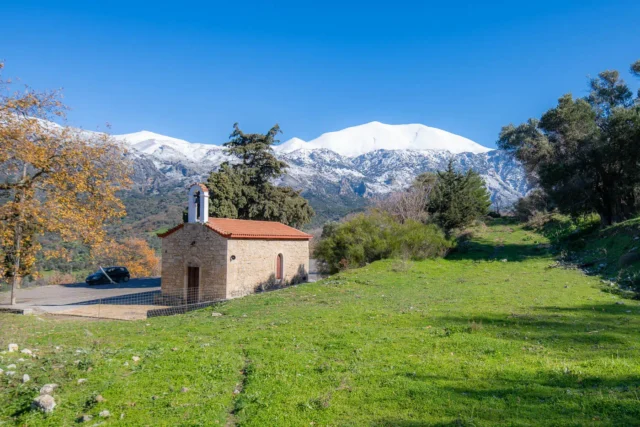
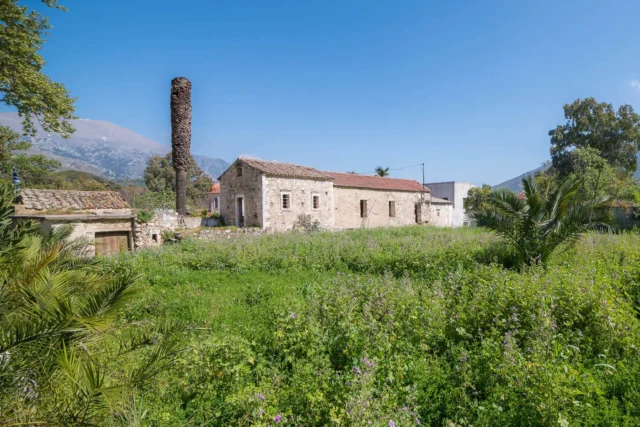
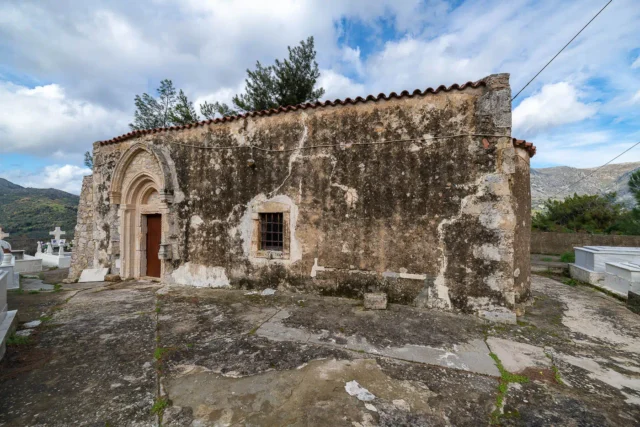
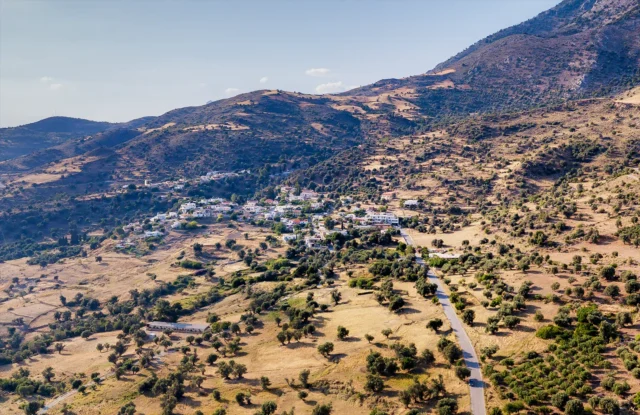
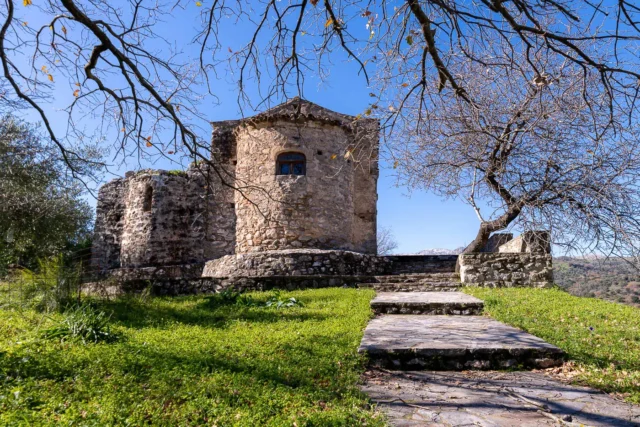

There are no comments yet.